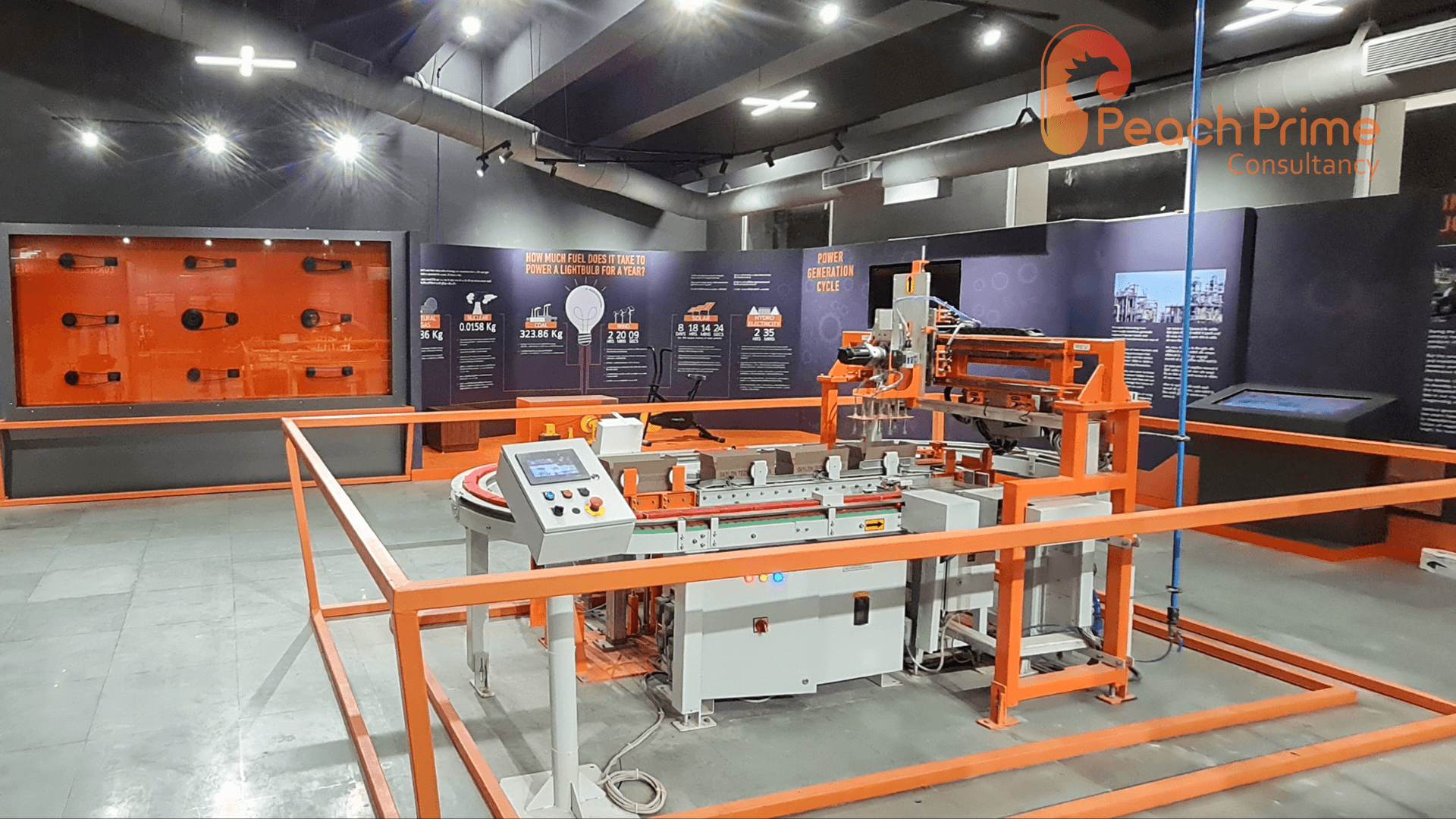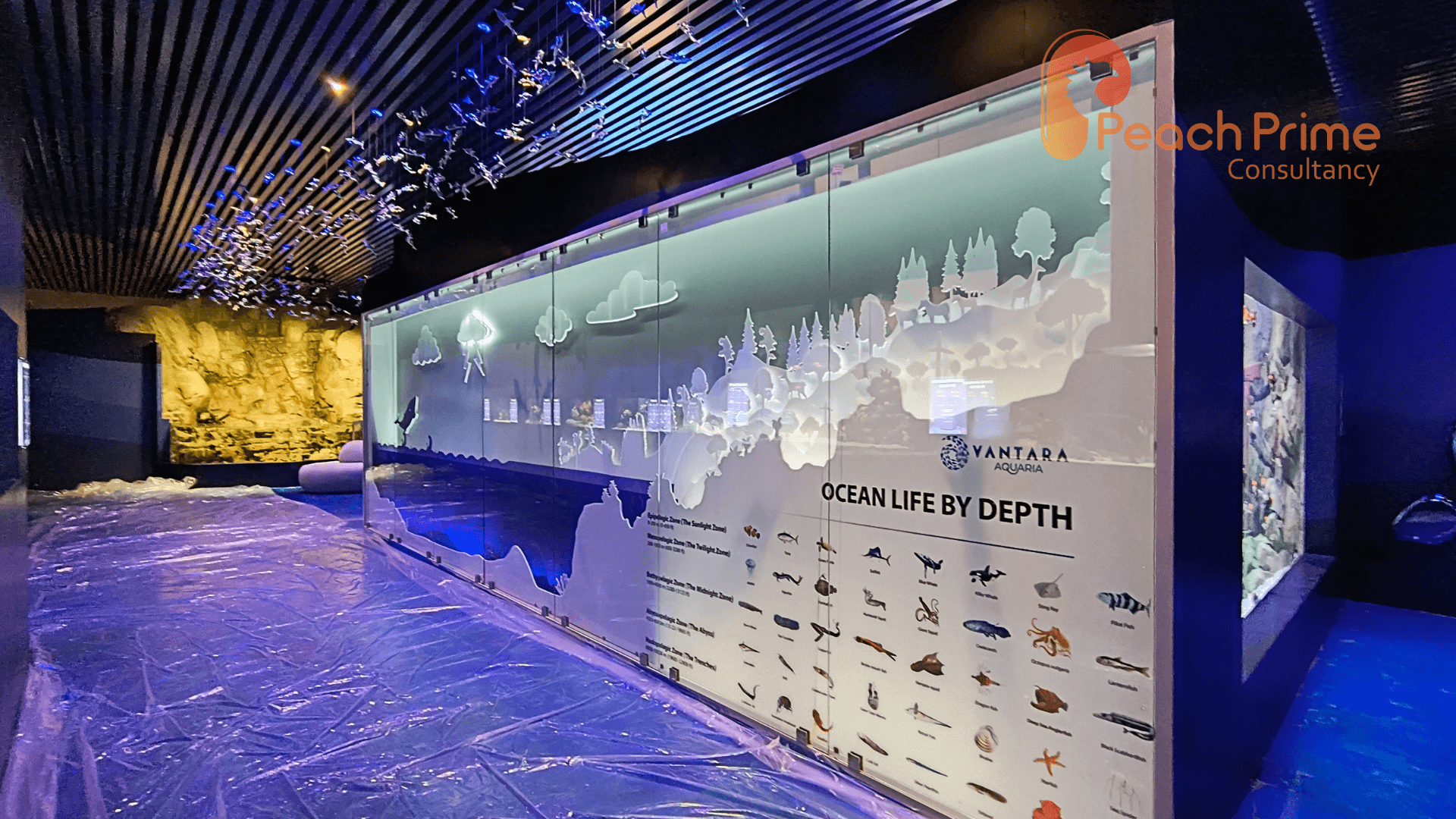Interactive Experiences
- Engaging Visitors through Touchscreens
Interactive experiences begin with touchscreens that invite visitors to explore exhibits in a hands-on way. We design interactive displays where visitors can tap, swipe, or zoom to access additional information, view 3D models, or watch multimedia content. These touchpoints provide a deeper understanding of the exhibits, allowing visitors to engage directly with the content in a fun, personalized manner that enhances the learning experience.
- Hands-On Learning Stations
Hands-on learning stations are key to creating an immersive museum experience. We incorporate physical activities that encourage visitors to touch, build, or manipulate exhibits, making learning more interactive. These stations can include puzzles, experiments, or simulated environments that invite guests to actively participate, fostering creativity and critical thinking. This approach engages multiple senses, making learning both enjoyable and memorable for all ages.

- Virtual and Augmented Reality
Virtual and augmented reality (VR/AR) take interactive experiences to the next level. We use AR to enhance physical exhibits by overlaying digital content, such as historical context or 3D animations. VR experiences allow visitors to step into historical events or explore distant places, offering a fully immersive and engaging experience. These technologies create a powerful way for visitors to interact with content, offering a deeper connection and understanding of the subject matter.
- Gamification and Interactive Challenges
Gamification adds a layer of fun to the museum experience. We create interactive challenges and games that encourage visitors to actively engage with exhibits while learning. These games may include scavenger hunts, quizzes, or interactive puzzles that reward exploration and problem-solving. By integrating game-like elements, we motivate visitors to learn through play, making the museum visit more exciting and rewarding for individuals and groups alike.

Related Projects
History Gallery
- FEC Museums & Exhibits Theme Park
VR Gallery
- FEC Museums & Exhibits Theme Park
Fundamental Gallery
- FEC Museums & Exhibits Theme Park
Planetarium
- FEC Museums & Exhibits Theme Park
Astronomy And Space science gallery
- FEC Museums & Exhibits Theme Park
5D Theatre – Science City
- FEC Museums & Exhibits Theme Park
5D Theatre – RSC – Rajkot
- FEC Museums & Exhibits Theme Park
Bowling Alley
- FEC Theme Park
Game Zone, Ranip
- FEC
Game Zone, thoothukudi
- Feasibility Report FEC
Game Zone, Imax
- FEC
Game Zone, Dubai Mall
- Feasibility Report FEC
CBS Game Zone
- FEC
Noble Gallery, RSC Rajkot
- Museums & Exhibits
Glass & Ceramic Exhibits gallery
- Museums & Exhibits
Regional Science Museum
- Museums & Exhibits
Life Science Gallery – RSC Rajkot
- Museums & Exhibits
Machine Gallery – RSC Rajkot
- Museums & Exhibits
Robotics Gallery – RSC Rajkot
- Museums & Exhibits
How Stuff Works – RSC Rajkot
- Museums & Exhibits
Robo cafe
- Museums & Exhibits
Sports Robot
- Museums & Exhibits
Interactive Robot
- Museums & Exhibits
Robotics Museum at Science City
- Museums & Exhibits
VR Gallery at Robotics Museum
- FEC Museums & Exhibits
Optimus Prime-Robotics Museum
- Museums & Exhibits Sculptures
Hanging Fish Sculpture
- Museums & Exhibits Sculptures
Interactive Projection
- Museums & Exhibits
Mermaid Vista
- Aquarium Museums & Exhibits
Flow Your Fish
- Aquarium Museums & Exhibits
Ocean Wall
- Aquarium Museums & Exhibits


















